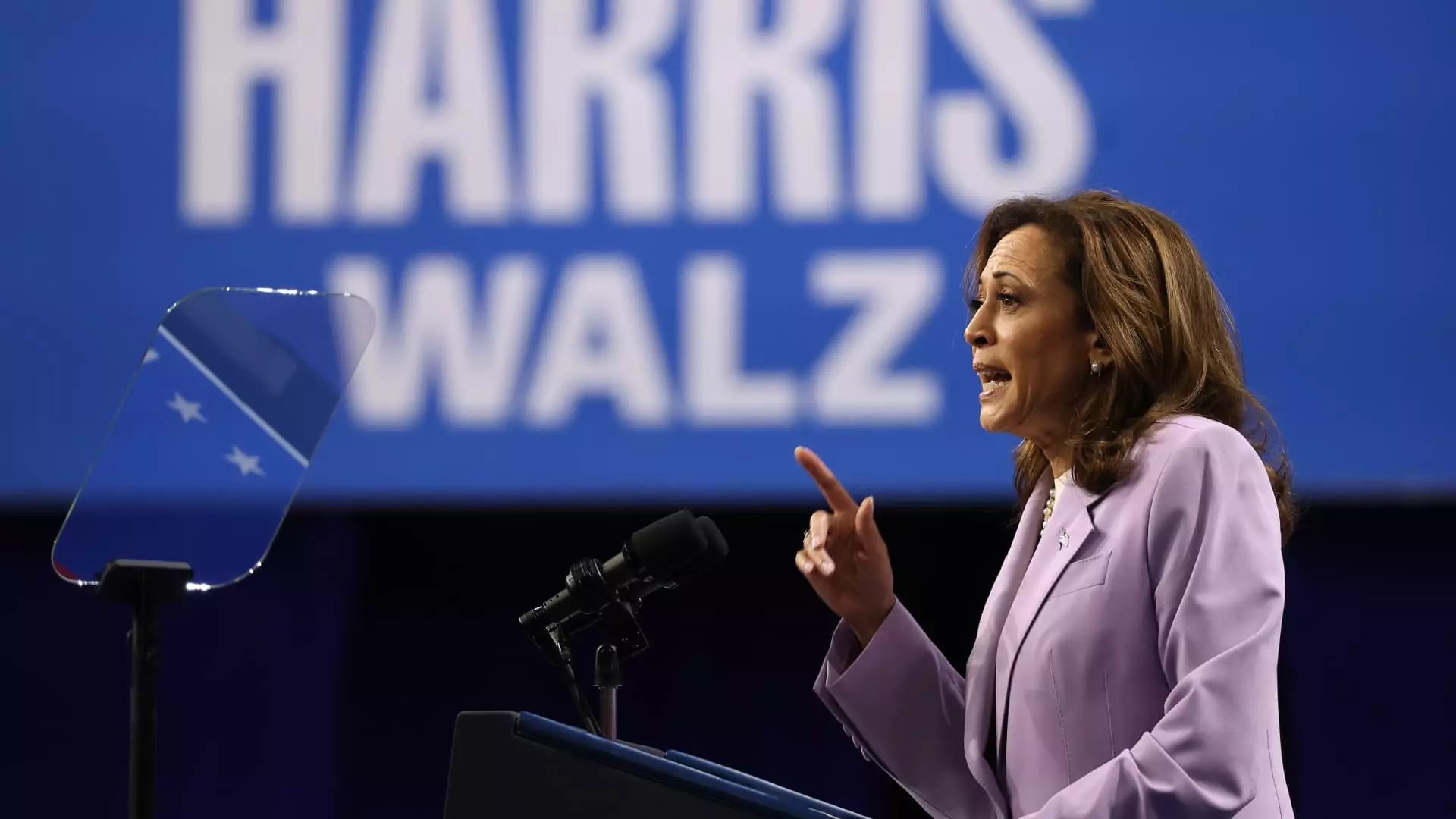The proposal for affordable housing in the United States has been a focal point of Vice President Kamala Harris’s economic policies. Harris aims to make owning and renting a home more affordable in the country. She has emphasized the importance of increasing the supply of housing units to address the affordability challenges faced by renters and first-time buyers. By calling for the construction of 3 million new housing units over the next four years, Harris’s plan seeks to improve accessibility to affordable homes for all Americans.
While the proposal to build new housing units is commendable, some experts have raised concerns regarding the feasibility and effectiveness of Harris’s plan. Edward Pinto, a senior fellow at the American Enterprise Institute’s Housing Center, has criticized the initiative, stating that it may be worse than taking no action at all. Pinto argues that increasing the supply of housing is a more complex challenge than simply boosting demand through consumer-friendly measures. He suggests that Harris needs to further clarify her definitions of terms like “starter home” to ensure that the plan is practical and viable in diverse markets across the country.
Challenges in Implementing the Proposal
James Tobin, CEO of the National Association of Home Builders, echoes Pinto’s sentiments by highlighting the difficulties in defining and constructing starter homes at affordable price points. Tobin points out that labor costs, land expenses, borrowing costs, and material prices can vary significantly between different regions, making it challenging to standardize the concept of a starter home. This variation in costs poses a significant hurdle in implementing Harris’s proposal to provide down-payment assistance to first-time homebuyers.
Harris’s plan also includes the establishment of a $40 billion innovation fund to support local governments in developing innovative housing solutions. While this fund aims to empower local authorities to address housing shortages, experts like Daryl Fairweather of Redfin question its effectiveness. Fairweather argues that local governments may not fully utilize the incentives provided by the federal government due to resistance from homeowners and planning commissions. Additionally, the high cost of the fund raises concerns about garnering bipartisan support in Congress, as stated by Dennis Shea of the Bipartisan Policy Center.
Impact on Renters and Rental Housing Market
In addition to assisting first-time homebuyers, Harris’s proposal addresses the rental housing market through pending legislation like the Stop Predatory Investing Act and the Preventing the Algorithmic Facilitation of Rental Housing Cartels Act. These bills target major investors who own multiple single-family properties and companies that manipulate rental prices through algorithmic systems. By curbing predatory practices in the rental market, Harris aims to protect renters from exploitation and ensure fair pricing in the housing sector.
While Vice President Kamala Harris’s proposal for affordable housing in the United States is well-intentioned, it faces significant challenges in implementation and effectiveness. Experts have raised valid concerns about the clarity of definitions, cost implications, and bipartisan support for the proposed initiatives. As the debate continues on the best strategies to improve housing affordability, it is crucial for policymakers to consider the diverse needs of renters, first-time buyers, and homeowners in crafting sustainable solutions for the housing market.

